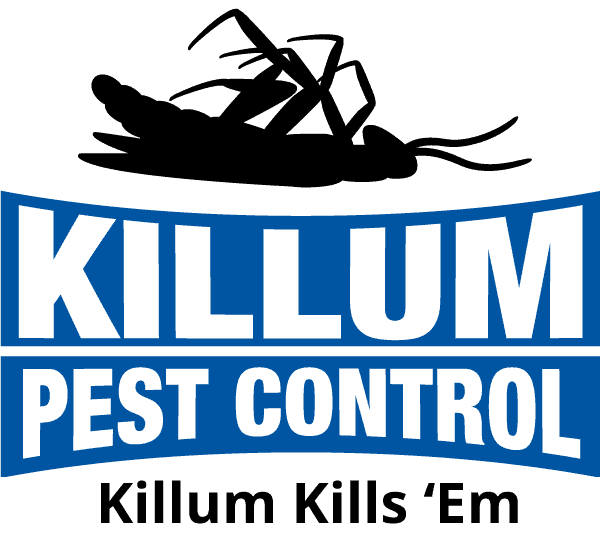Introduction
Termite mud tunnels might seem like tiny, harmless structures at first, but they can spell big trouble for your home, especially along the Texas Gulf Coast. These tunnels are built by termites to protect themselves from predators and maintain the moisture they need to survive as they forage for food. Unfortunately, they’re also a sign that termites have invaded your home, using these tunnels as hidden highways leading straight to the wood structures they aim to devour.
Recognizing these mud tunnels early is crucial for averting serious damage. If left unchecked, termite activity can compromise the structural integrity of your home, leading to costly repairs and safety hazards. A proactive approach in identifying these signs can go a long way in preserving your home’s value and your peace of mind.
Signs of Termite Infestation
Recognizing termite mud tunnels is one of the foremost steps in diagnosing a termite infestation. These mud structures are often pencil-thin, with a tubular shape, and typically brown or dark in color. You’ll most commonly find them on exterior walls, foundations, or any wood surfaces close to the ground.
These tunnels usually spread like interconnected branches, reaching from the ground up to the wooden portions of a house. In some cases, you might spot them on ceilings or walls, indicating that termites have found a way inside. Here are some key areas to inspect for termite mud tunnels:
– Foundation walls
– Joists and support beams
– Exterior brickwork or siding
– Crawlspaces and basement walls
Aside from spotting these telltale tunnels, other signs of a termite infestation include hollow-sounding wood, cracked paint, or tiny piles of droppings, often referred to as frass. Some homeowners might even notice swarms of winged termites, usually in the warmer months, which can strongly indicate a nearby colony.
With these signs in mind, regular checks around your property become not just beneficial but necessary. Any unusual patterns or textures on walls and other surfaces should raise a red flag and prompt immediate further investigation.
How Termite Mud Tunnels Form
Understanding how termites create their mud tunnels can arm homeowners with the knowledge needed to prevent infestations. Termites are tiny insects that crave moisture and wood, which makes the humid climate of places like the Texas Gulf Coast an ideal environment. They build these tunnels as protective passageways to access wood without being noticed. Termites are driven by the need to stay hidden from predators and maintain the right humidity within their colony, and these tunnels help accomplish that.
Made primarily from a mixture of soil, wood fiber, and the termites’ saliva, these tunnels act like highways leading straight to your home’s wooden structures. The tunneling behavior is methodical, as termites work tirelessly day and night, expanding these structures in search of new food sources. They create an extensive network that can cover a significant area if not detected early.
Termites expand their colonies by moving stealthily through these tunnels, allowing them to spread their population swiftly within the woodwork of your home. This behavior not only serves their survival needs but also facilitates the growth of their colonies. Knowing these details highlights the need for regular inspections and proactive management to keep your home safe from structural damage.
Consequences of Ignoring Termite Mud Tunnels
Ignoring the signs of termite activity can lead to severe consequences. Termite damage is more than just an inconvenience; it poses real threats to your home’s safety. As these pests burrow through wood, they undermine its structural integrity. Over time, this can lead to sagging floors, warped wood, and even structural collapse if left untreated. The financial burden of correcting such damage is formidable, often requiring extensive renovations and costly repairs.
The hidden nature of termites makes them particularly insidious. While you might not see immediate effects, the gradual eating away of your home’s foundation can ultimately lead to devastating results. Houses infested with termites are also at risk of losing significant market value, which is a big concern for homeowners considering selling their property.
These infestations do not just affect the home itself but can endanger the safety of its occupants. Unstable structures can make living conditions unsafe, posing risks that could have been avoided through early detection and proper intervention.
Professional Solutions for Termite Control
Hiring professional pest control services is a strategic move for managing termites. Experts have the tools and expertise needed to eradicate these pests efficiently and ensure they don’t return. They offer various treatments, such as liquid soil treatments that create a barrier around your home, or baiting systems that directly target the colony.
Professionals also provide preventive advice tailored to your specific environment, ensuring termites stay clear of your home. Homeowners can support these efforts by keeping an eye out for any new signs of termites and scheduling regular inspections to catch any potential problem before it gets out of hand.
By leveraging professional assistance, you not only address the immediate threat but also safeguard your home against future invasions. A well-executed termite management plan is key to maintaining a secure and comfortable environment for you and your family.
Proactive Termite Management for Texas Gulf Coast Homes
Staying vigilant and taking decisive action when you spot termite mud tunnels can save you from a lot of future headaches. Regularly inspect your home, especially vulnerable areas, for any signs of termite activity. This proactive approach is vital in maintaining the health and safety of your property.
Being proactive with termite management not only protects your investment but also ensures the well-being and safety of your home environment. Don’t wait for the signs of damage to become visible. Stay a step ahead by understanding and recognizing the early warnings that termites leave behind.
Don’t let termite mud tunnels threaten the safety and value of your Texas Gulf Coast home. Keep infestation risks at bay by acting swiftly and wisely. Trust the experts at Killum Pest Control, Inc. to handle these pests effectively with proven solutions. Learn more about how to protect your home from termite mud tunnels and maintain a secure, pest-free environment.





